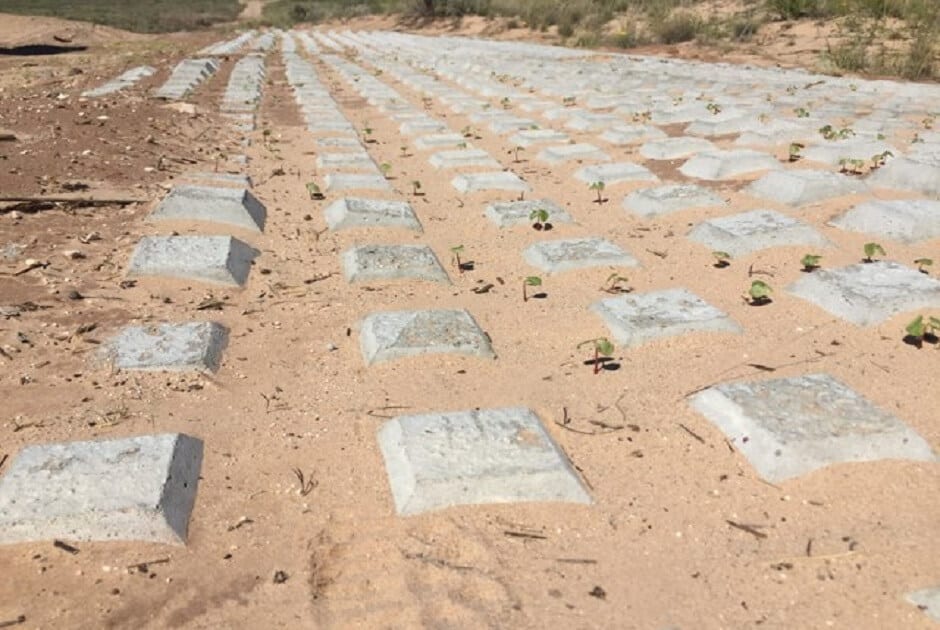Job sites can vary significantly, and project managers must take the time to evaluate which pipeline erosion control measures would be most useful to ensure that soil is stable and that their pipeline does not become exposed. One of the most natural methods available is the use of vegetation, as plants help to absorb water and prevent runoff.
Unfortunately, not every job site can use vegetative options, and some projects require alternative measures to protect pipelines from the threat of erosion. These measures are referred to as non-vegetative soil stabilization options and are often critical to protect the pipelines.
Where Is Vegetation Not An Option?
When possible, companies should do everything in their power to use vegetative soil stabilization options. However, if a company is working in one of these areas, vegetation may not be a viable option:
• Areas with heavy vehicular traffic, such as roads
• Areas with heavy foot traffic, such as pathways
• Environments where plants would not provide timely ground coverage
• Areas where vegetation would require excessive irrigation
• Soils that are unusually dry, such as a rocky substrate or droughty soils
• Areas where it would not be feasible to grow plants within the construction timeframe
Curious about what methods to use instead? Below, you will find the options that Submar sees as most beneficial to help to prevent erosion when vegetation is not an option.
Armadune Articulated Concrete Block Mats
Armadune Articulated Concrete Block Mats are designed specifically for environments that are windy or sandy. The articulated concrete block mats are designed with a state-of-the-art system meant to collect sediment and trap moisture, allowing roots to take hold in an area where that otherwise would not be feasible. In areas that are mainly dry, these articulated concrete block mats can help capture what little moisture there is in the area and allocate it toward healthy vegetative growth.
Decomposed Granite
This non-vegetative soil stabilization option is one of the more permanent ones available. A layer of decomposed granite is installed over a surface that would otherwise be erodible. The granite acts as a natural buffer that reduces runoff and slows drainage rates. The granite works similarly to vegetation but does not rely on water. Decomposed granite can survive the most extreme events, such as flash floods.
Degradable Mulches
Among the more popular temporary erosion measures is a degradable mulch. This is a useful option if the project requires time for vegetation to grow or take hold.
For example, if a company does not think that vegetation will occur before the project is complete, degradable mulches can be installed to help to reduce runoff rates while the plants’ roots take hold. Over time, the plants would grow and replace the mulch as it breaks down. Degradable mulch options often used include wood chips, compost, and straw mulch.
Gravel Mulch
Companies could also use gravel as a way to control runoff rates. Gravel mulch is non-degradable, so it should be considered a more permanent solution unless companies have plans to one day replace the mulch.


